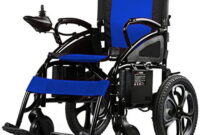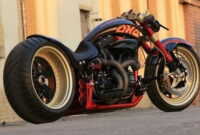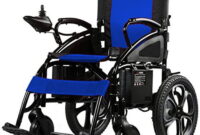1:64 Scale Custom Pickup Trucks: Crafting Miniature Masterpieces pickup.truckstrend.com
Introduction: The World in Miniature, Personalized
Beyond the realm of simple toys, 1:64 scale custom pickup trucks represent a vibrant and burgeoning niche within the world of diecast collecting and model building. These aren’t just off-the-shelf replicas; they are meticulously crafted, personalized miniature vehicles, transformed by skilled hands into unique works of art. At 1:64 scale, meaning every inch on the model represents 64 inches on the real vehicle, these trucks offer a perfect balance of detail and manageability, making them ideal canvases for customization.
1:64 Scale Custom Pickup Trucks: Crafting Miniature Masterpieces
The allure of 1:64 scale custom pickup trucks lies in the ability to transcend factory limitations, breathing new life and character into mass-produced diecast models. Enthusiasts take a "donor" vehicle – often a Hot Wheels, Matchbox, Greenlight, or M2 Machines pickup – and embark on a journey of disassembly, stripping, painting, detailing, and reassembly. The result is a highly personalized miniature that might replicate a real-world dream truck, embody a fantastical design, or even tell a story through weathering and intricate modifications. This guide will delve deep into the fascinating world of 1:64 scale custom pickup trucks, exploring why this hobby captivates so many, the practical steps involved, essential tools, and the rewarding journey of creating truly unique miniature masterpieces.
The Allure of Customization: Why Transform a 1:64 Pickup?
The drive to customize a 1:64 scale pickup truck is multifaceted, appealing to various aspects of creativity, passion, and personal expression. It’s more than just a hobby; for many, it’s a form of miniature artistry.
- Personal Expression and Uniqueness: The primary motivation is often the desire to create something truly one-of-a-kind. Factory models are mass-produced; custom trucks reflect the individual style, imagination, and vision of the builder. Whether it’s a specific paint scheme, a unique set of wheels, or a highly detailed diorama piece, each custom truck becomes an extension of its creator.
- Skill Development and Mastery: The customization process is a continuous learning curve. Builders develop intricate skills in painting, sanding, detailing, small-scale fabrication, and problem-solving. Each project presents new challenges, pushing the boundaries of precision and patience, leading to a profound sense of accomplishment with every finished piece.
- Recreating Dream Vehicles: For automotive enthusiasts, 1:64 scale customization offers the chance to build the truck they’ve always wanted, whether it’s a lifted off-road beast, a slammed street rod, a classic restoration, or a fictional apocalypse machine. It allows for the realization of vehicular fantasies in a tangible, miniature form.
- Community and Connection: The 1:64 custom scene boasts a vibrant and supportive global community. Enthusiasts share tips, showcase their work, participate in challenges, and inspire one another through online forums, social media groups, and even local meetups. This shared passion fosters camaraderie and a sense of belonging.
- Artistic Outlet and Stress Relief: The meticulous nature of customization can be incredibly therapeutic. Focusing on fine details, blending colors, and slowly transforming a piece of metal and plastic into a miniature work of art provides a meditative escape from daily stresses. It’s a creative outlet that yields tangible, beautiful results.
![]()
Getting Started: Essential Tools and Materials
Embarking on your 1:64 scale customization journey requires a foundational set of tools and materials. While advanced setups can be costly, you can start with a surprisingly modest investment.
- Donor Vehicles: Begin with readily available and inexpensive 1:64 scale diecast trucks from brands like Hot Wheels or Matchbox. As your skills grow, you might transition to higher-detail models from Greenlight, M2 Machines, or Auto World, which offer better starting points for intricate customs.
- Disassembly Tools:
- Small Screwdrivers: For models with screws.
- Drill and Small Drill Bits (1/16" to 3/32" or 1.5mm to 2.5mm): Essential for drilling out the rivets that typically hold the chassis and body together on most diecast cars.
- Dremel/Rotary Tool (Optional but Recommended): Highly versatile for cutting, grinding, sanding, and polishing.
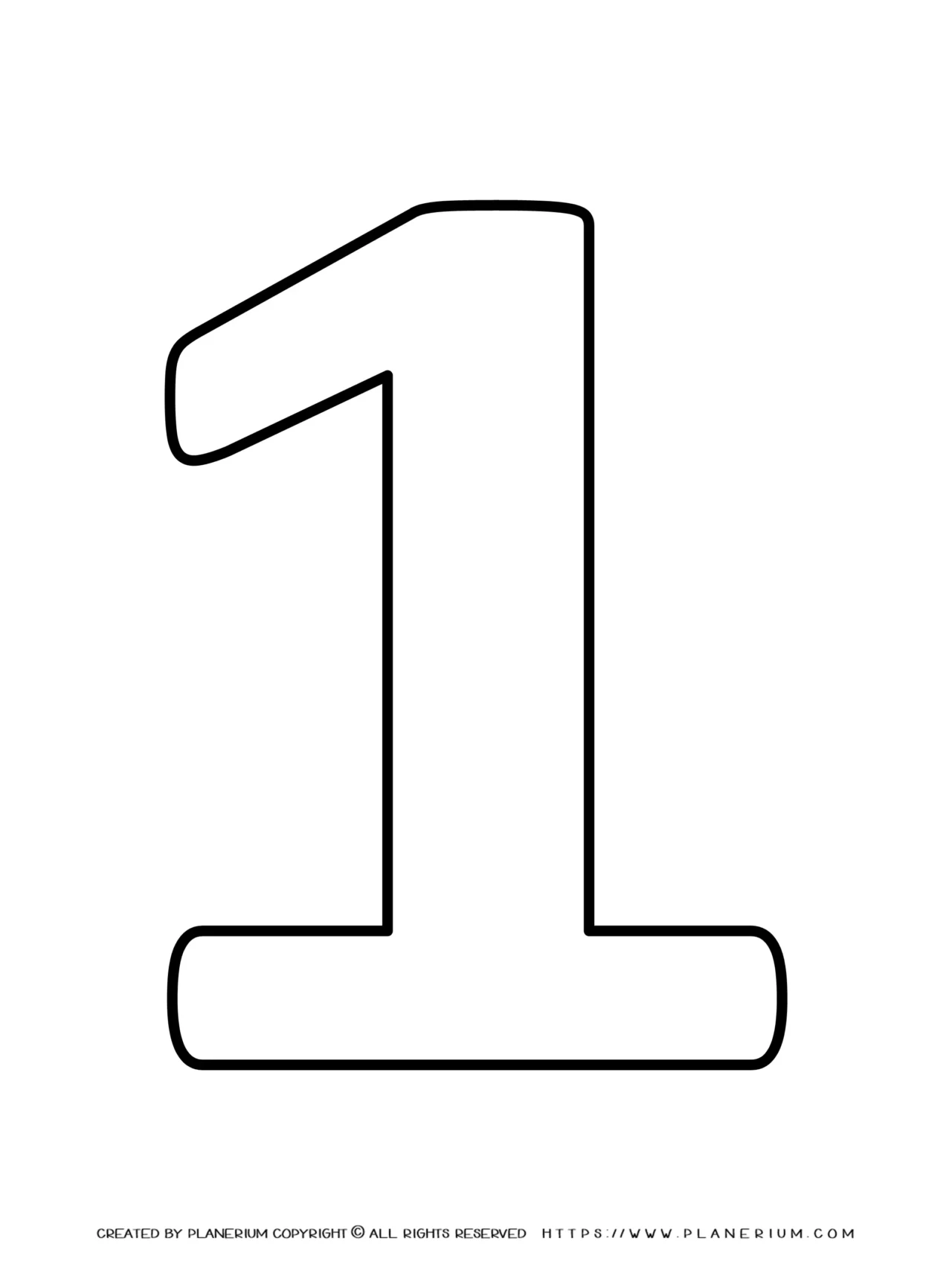
- Paint Stripping Supplies:
- Automotive Paint Stripper (e.g., Citristrip, Super Clean): Effective for safely removing factory paint. Always use in a well-ventilated area with gloves.
- Wire Brush or Old Toothbrush: For scrubbing off loosened paint.
- Safety Glasses and Gloves: Crucial for protection.
- Preparation and Finishing:
- Fine-Grit Sandpaper (400-2000 grit): For smoothing surfaces after stripping and before painting, and for wet-sanding clear coats.
- Primers: Automotive-grade primers (spray cans are fine for beginners) create a smooth, even surface for paint adhesion.
- Paints:
- Spray Cans: Automotive touch-up paints, Tamiya, or Testors spray paints offer good color selection and durability.
- Acrylic or Enamel Model Paints: For fine detail work (interiors, lights, grilles) applied with small brushes.
- Clear Coats: Gloss, satin, or matte clear coats protect the paint and provide the desired finish.
- Thinners/Cleaners: Appropriate for your chosen paint type.
- Detailing Tools:
- Fine-Tipped Brushes (000, 0000): For painting intricate details.
- Tweezers: For handling tiny parts.
- Magnifying Lamp/Visor: Essential for seeing small details.
- X-Acto Knife/Hobby Knife: For precise cutting.
- Toothpicks/Cotton Swabs: For applying tiny dabs of paint or cleaning.
- Adhesives:
- Super Glue (CA glue): For quick bonds.
- Epoxy: For stronger, more permanent bonds, especially for structural modifications.
- Aftermarket Parts (Optional):
- Rubber Wheels/Tires: A common upgrade that significantly enhances realism.
- Photo-Etched Parts: Tiny metal details for grilles, emblems, etc.
- Custom Decals: For logos, stripes, or weathering effects.
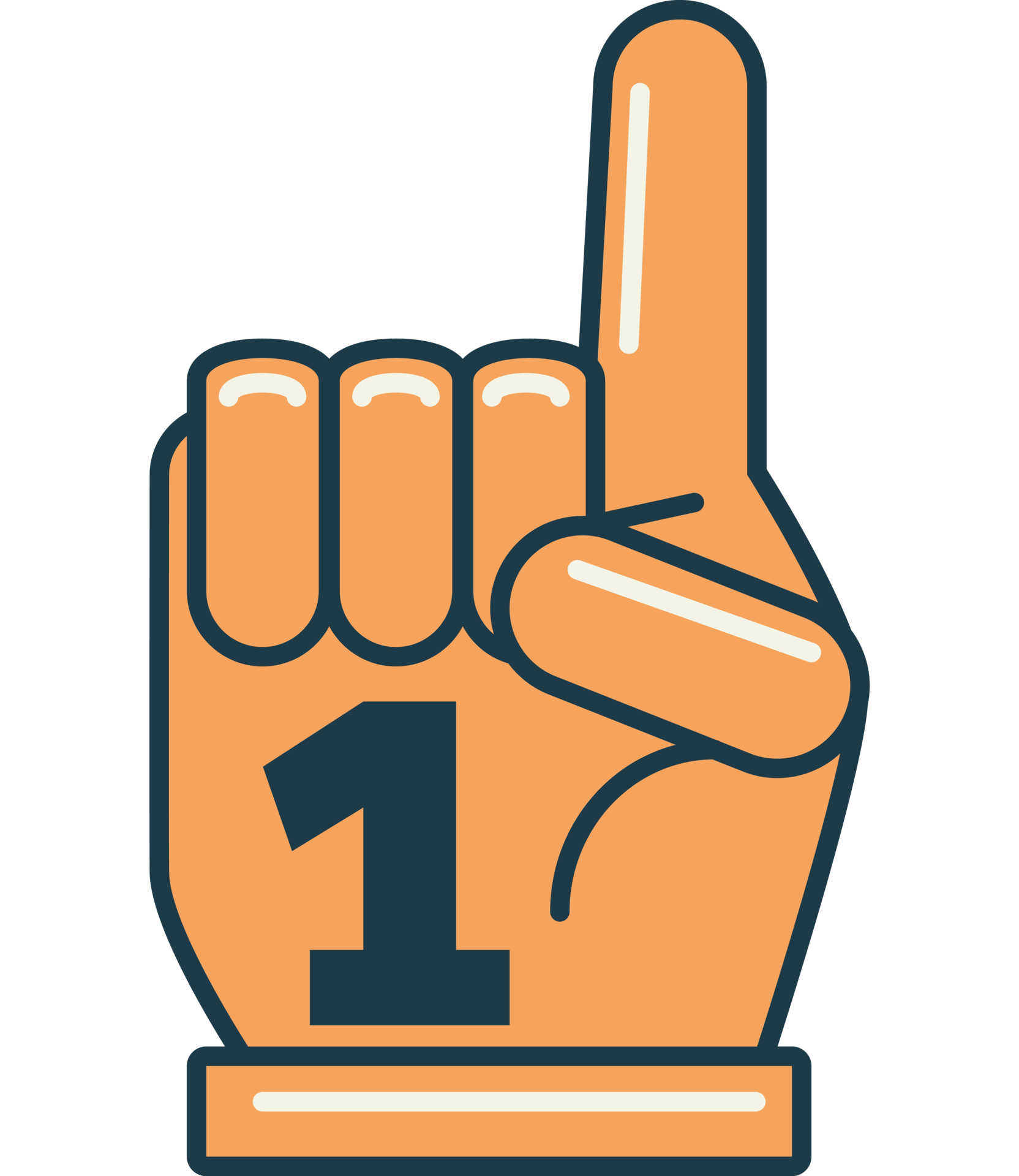
The Customization Process: A Step-by-Step Guide
The journey from a factory-stock diecast to a custom masterpiece involves several key stages, each requiring patience and precision.
- Disassembly: Carefully separate the body from the chassis. Most diecast models are held together by rivets. Use a small drill bit (slightly larger than the rivet head) to drill into the center of each rivet until the head comes off, allowing the chassis to separate. Remove the interior, glass, and any other components. Keep all parts organized!
- Paint Stripping: Once disassembled, place the metal body (and sometimes the chassis if it’s also metal) into a container with paint stripper. Let it soak according to the product’s instructions. Use a wire brush or old toothbrush to scrub off the softened paint. Rinse thoroughly and dry completely. Repeat if necessary until all original paint is gone.
- Preparation and Priming: Sand the bare metal body with fine-grit sandpaper (e.g., 400-600 grit) to smooth out any imperfections or remnants of paint. Clean the body thoroughly to remove any dust or oils. Apply a thin, even coat of primer. Allow it to dry completely, then lightly sand with very fine grit (800-1000 grit) for a perfectly smooth surface.
- Painting: This is where your vision comes to life.
- Base Coat: Apply thin, even coats of your chosen base color. Multiple thin coats are always better than one thick coat to avoid runs and maintain detail. Allow adequate drying time between coats.
- Detail Painting: Once the base coat is dry, use fine brushes and acrylic or enamel paints to detail windows, lights, grilles, door handles, and interior components. This step requires a steady hand and magnification.
- Clear Coat: After all paint is dry, apply several thin coats of clear coat. This protects the paint, adds durability, and provides the desired finish (gloss, satin, or matte). Allow the clear coat to cure fully, which can take 24-48 hours.
- Wheel Swaps and Suspension Mods (Optional):
- Wheel Swaps: Carefully remove the original plastic wheels. Aftermarket rubber tires and metal wheels often come with new axles or require custom axle fabrication (e.g., using piano wire). Ensure the new wheels fit and spin freely.
- Lowering/Lifting: This involves modifying the chassis. For lowering, you might trim the wheel wells or shorten the axle posts. For lifting, you might fabricate custom suspension components from plastic or metal.
- Detailing and Assembly:
- Add any custom decals, photo-etched parts, or scratch-built accessories (e.g., roll bars, toolboxes, engine details).
- Carefully reassemble the interior, glass, and chassis to the painted body. Secure the chassis with small screws or by using a small amount of epoxy in the drilled rivet holes.
- Attach the wheels and any other exterior details like mirrors or exhaust tips.
Important Considerations and Challenges
While immensely rewarding, 1:64 scale customization comes with its own set of challenges and considerations.
- Patience is Key: This hobby demands extreme patience. Rushing steps, especially drying times, will lead to inferior results.
- Small Scale Precision: Working with tiny parts and minute details requires a steady hand, good lighting, and often magnification. Fine motor skills improve with practice.
- Material Compatibility: Ensure your paints, primers, and clear coats are compatible to avoid adverse reactions like bubbling or cracking. Always test on a scrap piece if unsure.
- Sourcing Parts: Finding specific aftermarket wheels, decals, or unique custom parts can sometimes be challenging. Online specialty shops, eBay, and community forums are good resources.
- Health and Safety: Always work in a well-ventilated area when using paint strippers, spray paints, or adhesives. Wear appropriate personal protective equipment (PPE) like gloves, safety glasses, and a respirator.
- Mistakes Happen: Don’t be discouraged by imperfections or mistakes. They are part of the learning process. Many errors can be fixed, or the model can be stripped and started anew. Each "failure" is a lesson learned.
- Cost vs. Quality: While you can start cheaply, investing in higher-quality tools and materials will generally yield better results and a more enjoyable experience in the long run.
Showcasing Your Creations
Once your custom pickup truck is complete, sharing it is part of the fun!
- Photography: Good photos make your work shine. Use natural light or a simple light box, a clean background, and take multiple shots from different angles. Focus on the details you worked so hard on.
- Display: Invest in clear display cases to protect your models from dust. Many customizers also create elaborate dioramas or miniature scenes that complement their trucks, adding another layer of artistry.
- Online Communities: Share your work on Instagram, Facebook groups, YouTube, or dedicated diecast customization forums. Engage with other customizers, ask for feedback, and draw inspiration.
- Local Shows: If available, participate in local model car shows or diecast meetups to display your creations and connect with fellow enthusiasts in person.
Concluding Summary: A Miniature World of Endless Possibilities
1:64 scale custom pickup trucks offer a unique and deeply satisfying creative outlet. More than just collecting, it’s about transforming, personalizing, and bringing miniature visions to life. From the thrill of stripping the first donor vehicle to the pride of applying the final clear coat, each step is a journey of skill development and artistic expression. It’s a hobby that fosters patience, precision, and a keen eye for detail, connecting individuals to a passionate global community. Whether you’re a seasoned modeler or a curious beginner, the world of 1:64 custom trucks is an open road, full of endless possibilities waiting to be explored, one tiny, meticulously crafted vehicle at a time.
Price Table: Components and Services for 1:64 Scale Custom Pickup Trucks
Please note that prices are approximate and can vary significantly based on brand, quality, retailer, and location. "Professional Custom Service" prices are highly dependent on the artist’s skill, reputation, and the complexity of the desired build.
| Item/Service | Description | Estimated Price Range (USD) | Notes |
|---|---|---|---|
| Donor Vehicle (Basic) | Hot Wheels, Matchbox, Majorette (for practice/basic customs) | $1 – $5 | Widely available, good for beginners. |
| Donor Vehicle (Premium) | Greenlight, M2 Machines, Auto World (higher detail, better starting point) | $8 – $25 | Often feature rubber tires and more accurate castings. |
| Basic Tool Kit | Mini screwdrivers, drill bits, hobby knife, tweezers, small files | $20 – $50 | Essential for disassembly, cleaning, and basic modifications. |
| Paint Stripper | Bottle of automotive or non-toxic paint stripper (e.g., Citristrip) | $10 – $25 | Necessary for clean surface preparation. |
| Spray Paints | Primer, base colors, clear coats (automotive or model-specific) | $5 – $15 per can | Good for body painting. Multiple cans often needed for a single project. |
| Detail Paints | Small bottles of acrylic or enamel paints for fine details (Tamiya, Testors) | $3 – $8 per bottle | For interiors, lights, grilles, engine details. |
| Fine Paint Brushes | Set of small, fine-tipped brushes (000, 0000, etc.) | $10 – $25 | Crucial for intricate detailing. |
| Aftermarket Wheels/Tires | Sets of rubber tires with various rim styles | $5 – $15 per set | One of the most impactful upgrades for realism. |
| Custom Decals/Stickers | Small sheets of water-slide decals (logos, weathering, racing stripes) | $3 – $15 per sheet | Adds personalized graphics and realism. |
| Adhesives | Super glue (CA glue), 2-part epoxy | $5 – $15 | For reassembly and bonding custom parts. |
| Airbrush Kit (Entry-Level) | Airbrush gun, mini compressor, cleaning supplies | $100 – $300 | For professional-level paint finishes, smoother coats. |
| Photo-Etched Parts | Tiny metal details (grilles, emblems, wipers, mirrors) | $5 – $20 per sheet | Adds incredibly fine, realistic details. |
| 3D Printed Custom Parts | Custom beds, interior pieces, engine details, unique accessories | $10 – $50+ per part | Price varies by complexity, size, and designer. |
| Professional Custom Service | Basic Custom: Repaint, wheel swap, minor detail | $50 – $150+ | Good for a unique display piece without the time commitment. |
| Mid-Tier Custom: More detailed paint, interior, suspension mods | $150 – $350+ | Involves more intricate work and custom fabrication. | |
| High-End/Show Quality: Full rebuild, extensive detailing, scratch-built parts, diorama integration | $350 – $1000+ | Collector-grade, often one-of-a-kind artistic creations. |
Frequently Asked Questions (FAQ) about 1:64 Scale Custom Pickup Trucks
Q1: Is 1:64 scale customization difficult for beginners?
A1: Not at all! While it can be intricate, it’s very accessible for beginners. Start with simple projects like a basic repaint and wheel swap. There are countless online tutorials and communities eager to help you learn. Patience and practice are your best tools.
Q2: What’s the best type of paint to use for 1:64 scale custom trucks?
A2: For body painting, many customizers use automotive spray paints (like Dupli-Color or Rust-Oleum) for durability and a wide color range, or specialized model paints from brands like Tamiya or Testors. For fine details, acrylic or enamel model paints applied with a brush are ideal. The "best" depends on your desired finish and skill level. Always use a good primer and clear coat.
Q3: Where can I find aftermarket parts like wheels and tires?
A3: Several online retailers specialize in 1:64 scale custom parts. Websites like Monoblock, Mijo Exclusives, and various eBay sellers offer a wide selection of rubber tires, metal wheels, and other accessories. You can also sometimes source parts from other donor diecast models.
Q4: How do I safely remove the original paint from a diecast truck?
A4: The most common method is using a chemical paint stripper. Products like Citristrip, Super Clean, or even simple acetone (nail polish remover) can work. Always apply in a well-ventilated area, wear gloves and safety glasses, and follow the product’s instructions. After soaking, scrub the paint off with an old toothbrush or wire brush.
Q5: Can I sell my custom 1:64 trucks?
A5: Yes, many customizers sell their creations through online marketplaces (eBay, Etsy), social media, or dedicated custom diecast events. The value of a custom truck depends heavily on the quality of the work, the artist’s reputation, and the complexity of the build. It often starts as a passion project, and any sales are a bonus.
Q6: How long does it take to customize a 1:64 scale pickup truck?
A6: The time varies greatly depending on the complexity of the custom. A simple repaint and wheel swap might take a few hours of active work spread over a day or two (allowing for drying times). A highly detailed, complex build with scratch-built parts, intricate paint schemes, and weathering could take several days or even weeks of dedicated effort.
Q7: What’s the biggest challenge in 1:64 scale customization?
A7: Arguably, the biggest challenge is working with such small components while maintaining precision and cleanliness. Dust, fingerprints, and tiny imperfections become highly visible. Patience, a steady hand, good lighting, and proper tools help overcome this. Also, learning to troubleshoot issues like paint reactions or fitting parts is part of the journey.
